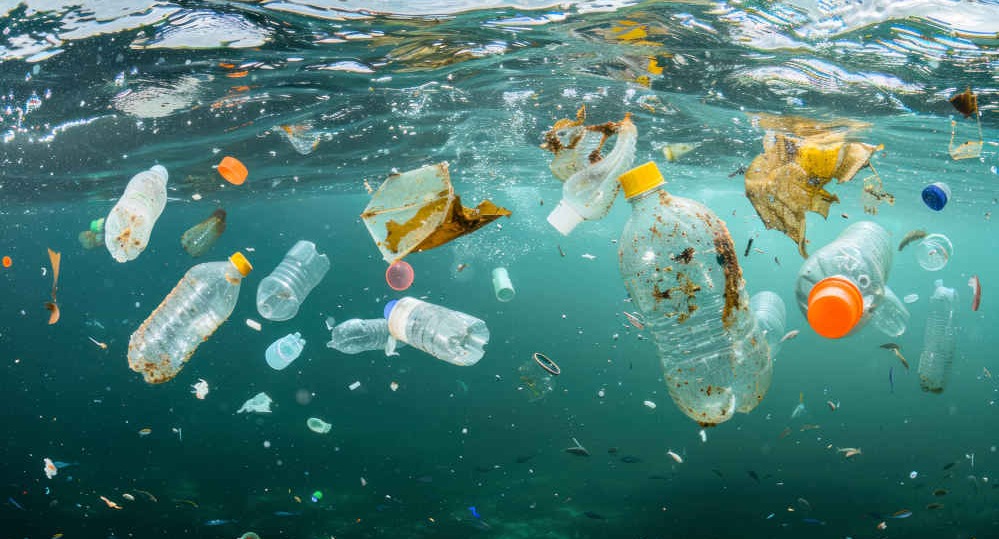Smart Fish For Oceanic Microplastics Detection In Coastal Areas
KEY INFORMATION
TECHNOLOGY OVERVIEW
Microplastics contamination in the natural water bodies, which are resulted from disintegration from plastic waste, has raised public concern due to high level of fragmentation and disturbance in ecosystem. Every year, 11 million metric tons of plastics enter our ocean on top of the estimated 200 million metric tons that currently circulate our marine environments.
This technology is a 'smart fish' that will be deployed in water bodies to allow for autonomous sampling using remote sensing and GPS technology, real-time detection of contaminants and a contaminant treatment unit to mitigate microplastic contamination. The prototype is currently employed in project to provide real-time sampling, detection and characterization of microplastics and aircraft tire wear particles in coastal areas of Lantau Island near Hong Kong International Airport.
TECHNOLOGY FEATURES & SPECIFICATIONS
This prototype includes the following components:
- Sampling unit
- Filtration unit which uses a stainless steel membrane
- Two staining chambers for microplastics and aircraft tire wear particles
- Image capturing system for quantification of microplastics
- User-friendly mobile app to visualize the real-time data
- Treatment unit to breakdown microplastics and aircraft tire wear particles through an oxidation process
- Waste tank to store residual waste which will be removed when the smart fish returns to base
The operation of the prototype will be controlled by computer programmes. Solar panels will be installed on top of the prototype for sustainable energy production and consumption.
POTENTIAL APPLICATIONS
The potential applications include environmental monitoring, where the technology can be used to quickly and accurately detect microplastics in oceans, rivers, lakes, and drinking water sources. This helps track pollution levels and identify contaminated areas.
For marine life protection, detecting microplastics in water helps in understanding the scale of pollution affecting marine ecosystems. Conservationists can use this technology to monitor the impact of plastic on marine organisms and habitats.
In industries that manufacture or use plastics, the technology can be utilized to monitor production processes, ensuring minimal microplastic leakage into the environment.
Unique Value Proposition
Traditional microplastic detection methods often require complex laboratory equipment such as infrared spectroscopy, scanning electron microscopes, or filtration techniques, which are time-consuming and require samples to be sent to labs. This technology, which uses a proprietary staining method for microplastic detection enables real-time on-site detection, eliminating the need for specialized labs and reducing turnaround time for results.

